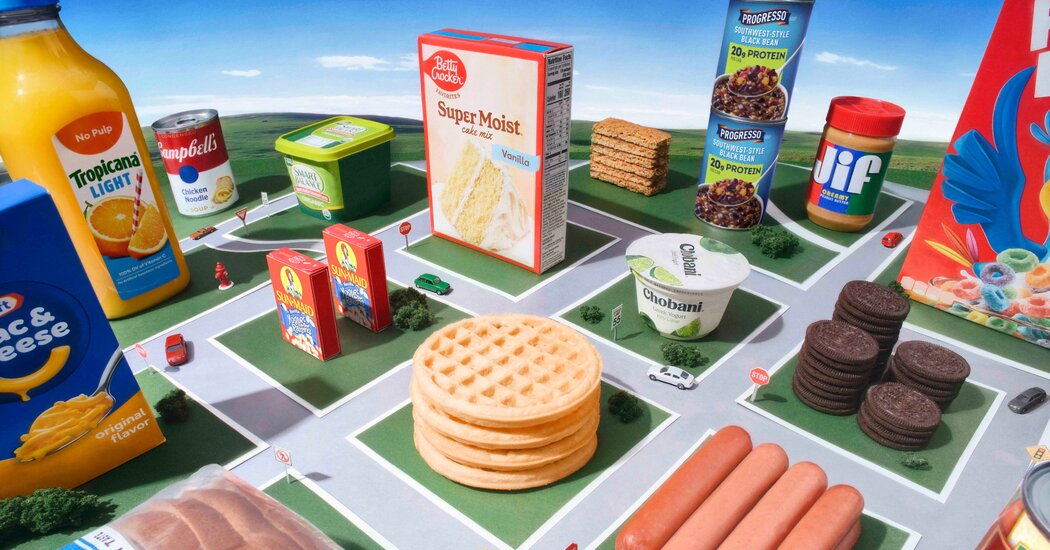
Advertisement
Newsletter
The science behind Well’s ultraprocessed foods challenge.
Jancee Dunn
I write the Well newsletter, about personal health and fitness.
I love those sprinkle-covered sheet cakes you can buy at the supermarket — so much so that when my daughter was small, I trained her to grab the corner piece for me at birthday parties.
When you hear the phrase “ultraprocessed foods,” those rainbow-colored desserts — with their long and complicated ingredients lists — are probably the types of products you think of.
In reality, the category is much broader than that.
Ultraprocessed foods include anything that can’t typically be made in a home kitchen because you don’t have the ingredients or the machinery. (Most of us don’t have a jar of, say, methyl cellulose in our pantries.)
These kinds of foods have become ubiquitous in the United States, and experts say they appear to be taking a toll on our health.
The Times’s Well desk starts each January with a weeklong challenge to improve some aspect of our health. This year, the focus is on reducing the ultraprocessed foods in our diets. In today’s newsletter, I’ll explain the science behind the challenge.
Almost all food is processed in some way, whether it’s being chopped, frozen or cooked. But ultraprocessing is different. Ultraprocessed foods are formulations made using industrial methods.
We are having trouble retrieving the article content.
Please enable JavaScript in your browser settings.
Thank you for your patience while we verify access. If you are in Reader mode please exit and log into your Times account, or subscribe for all of The Times.
Thank you for your patience while we verify access.
Already a subscriber? Log in.
Want all of The Times? Subscribe.
Advertisement
